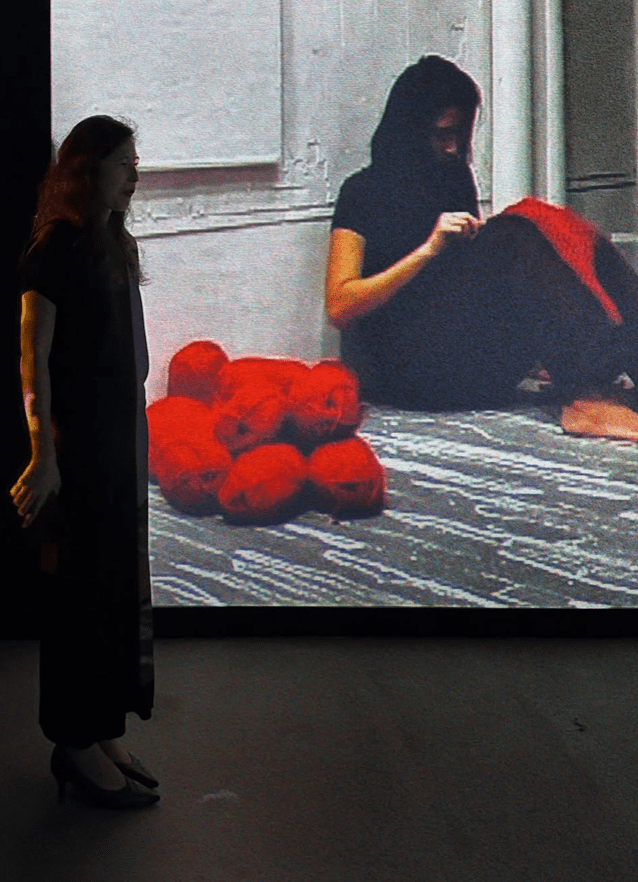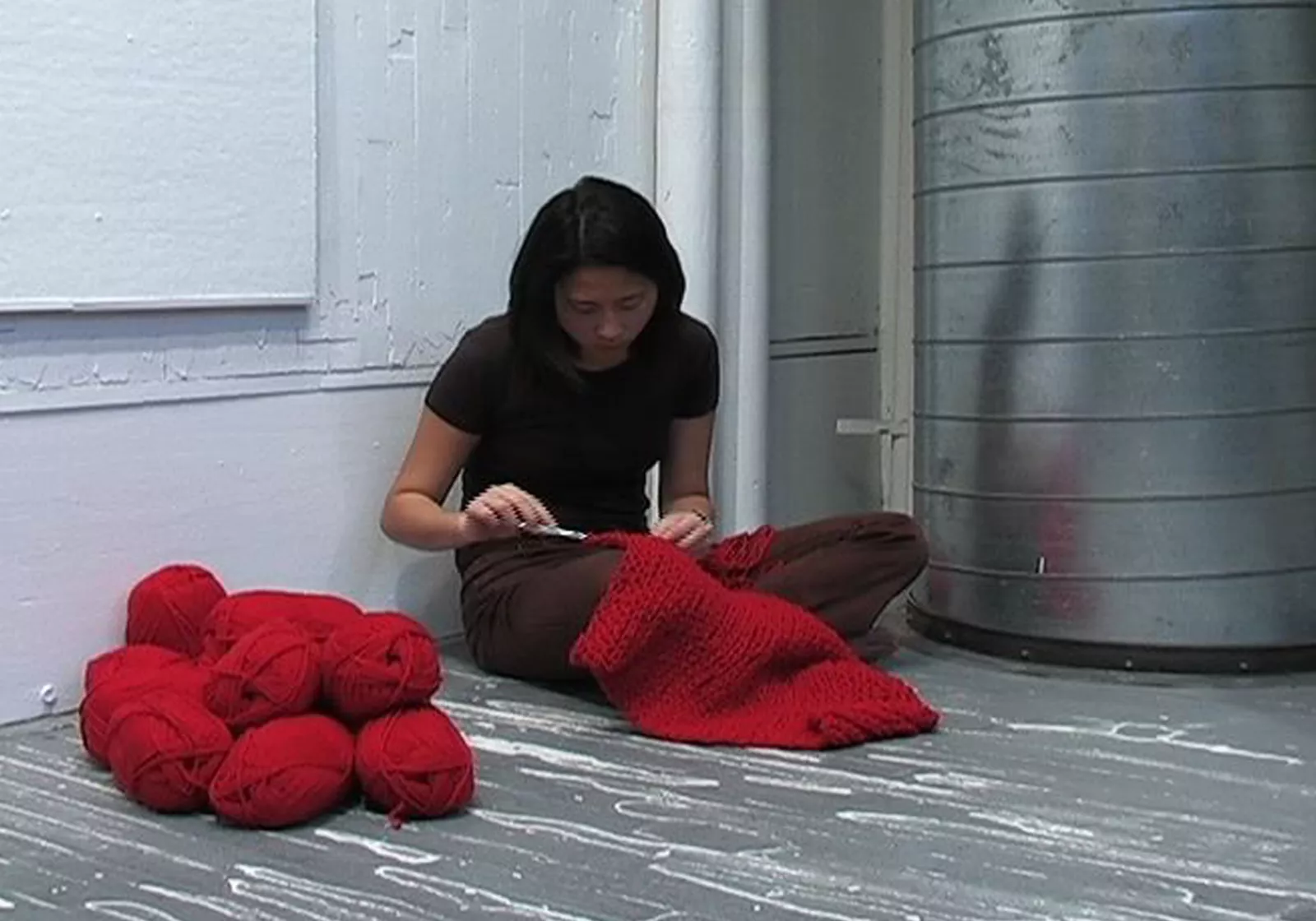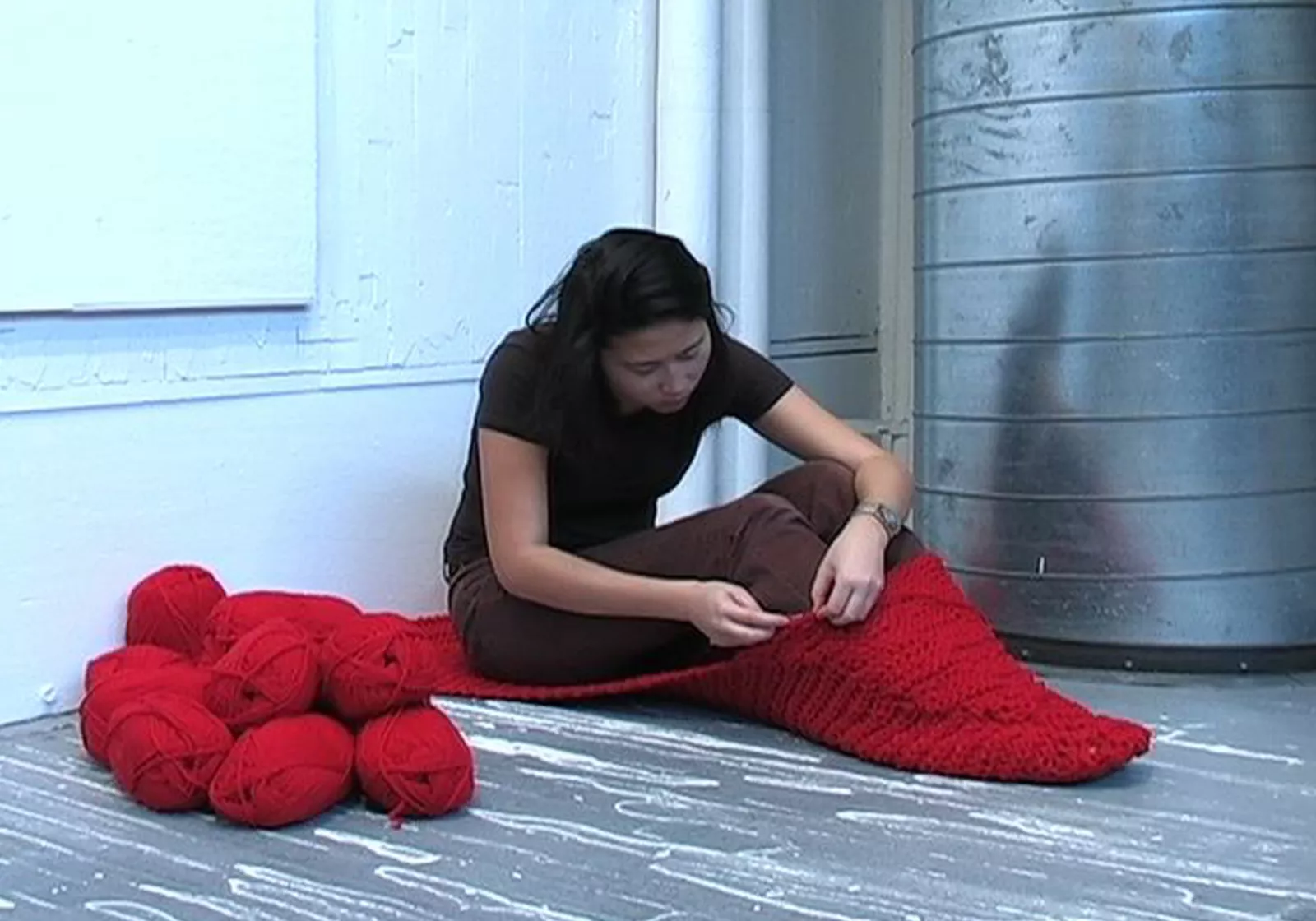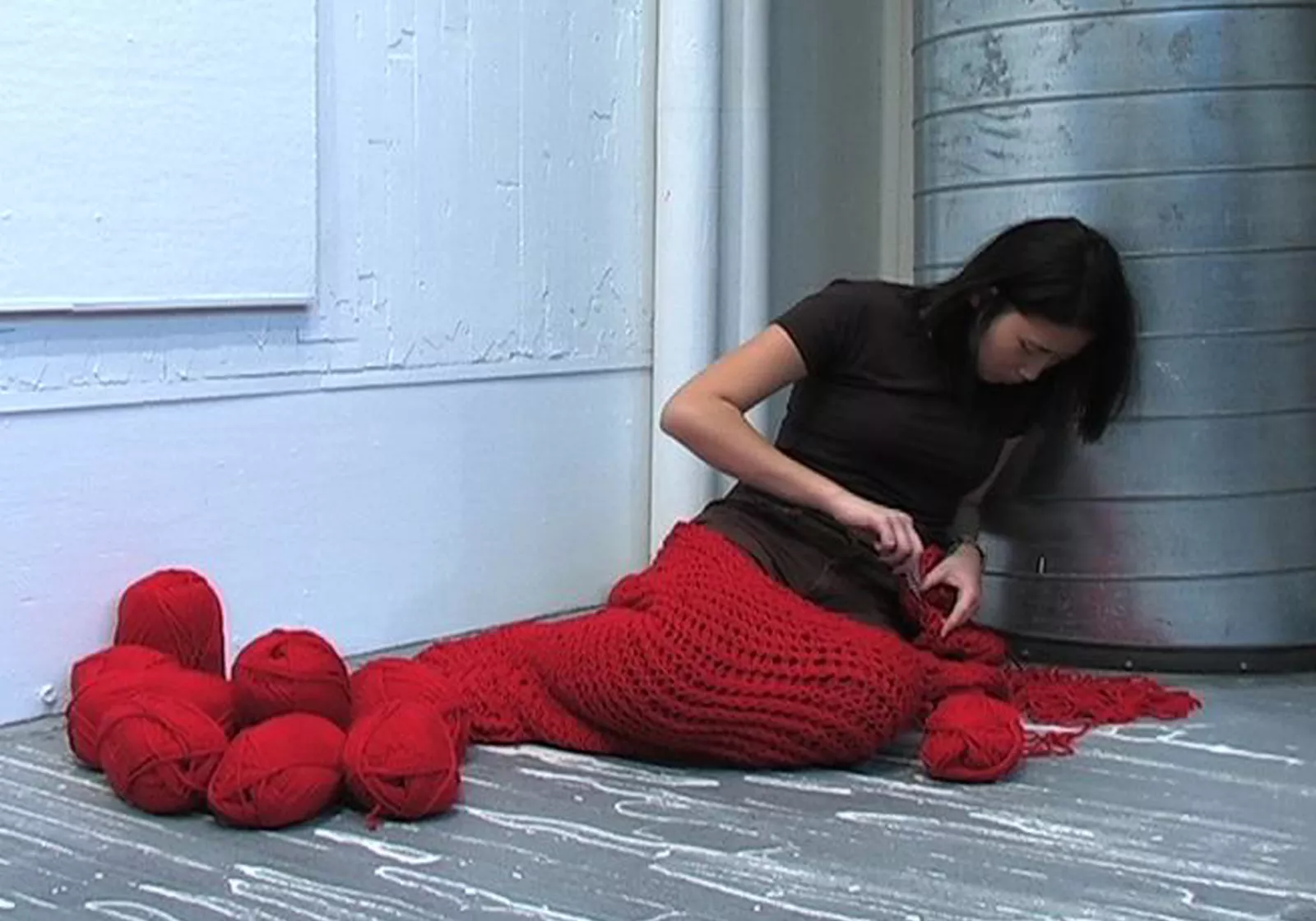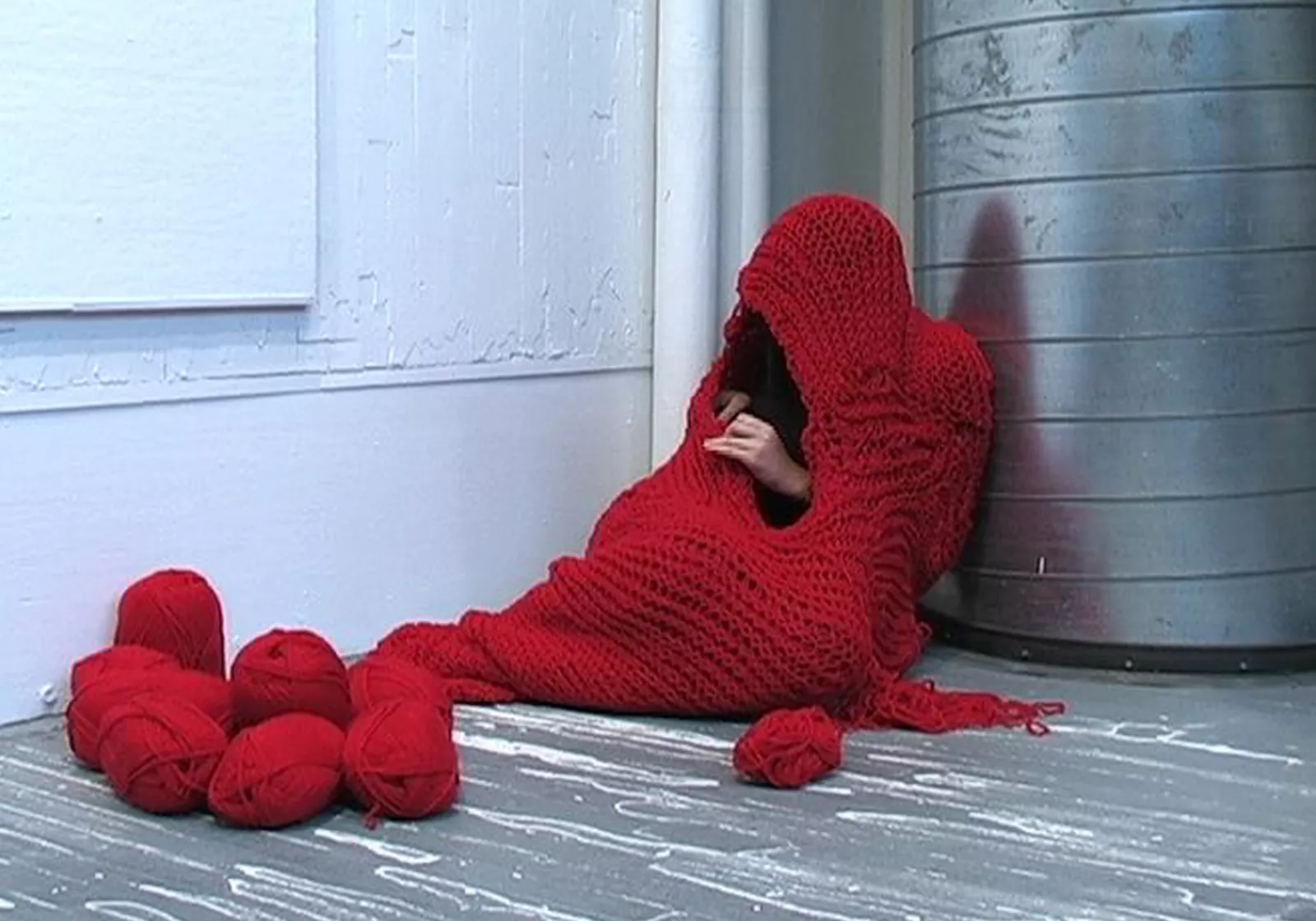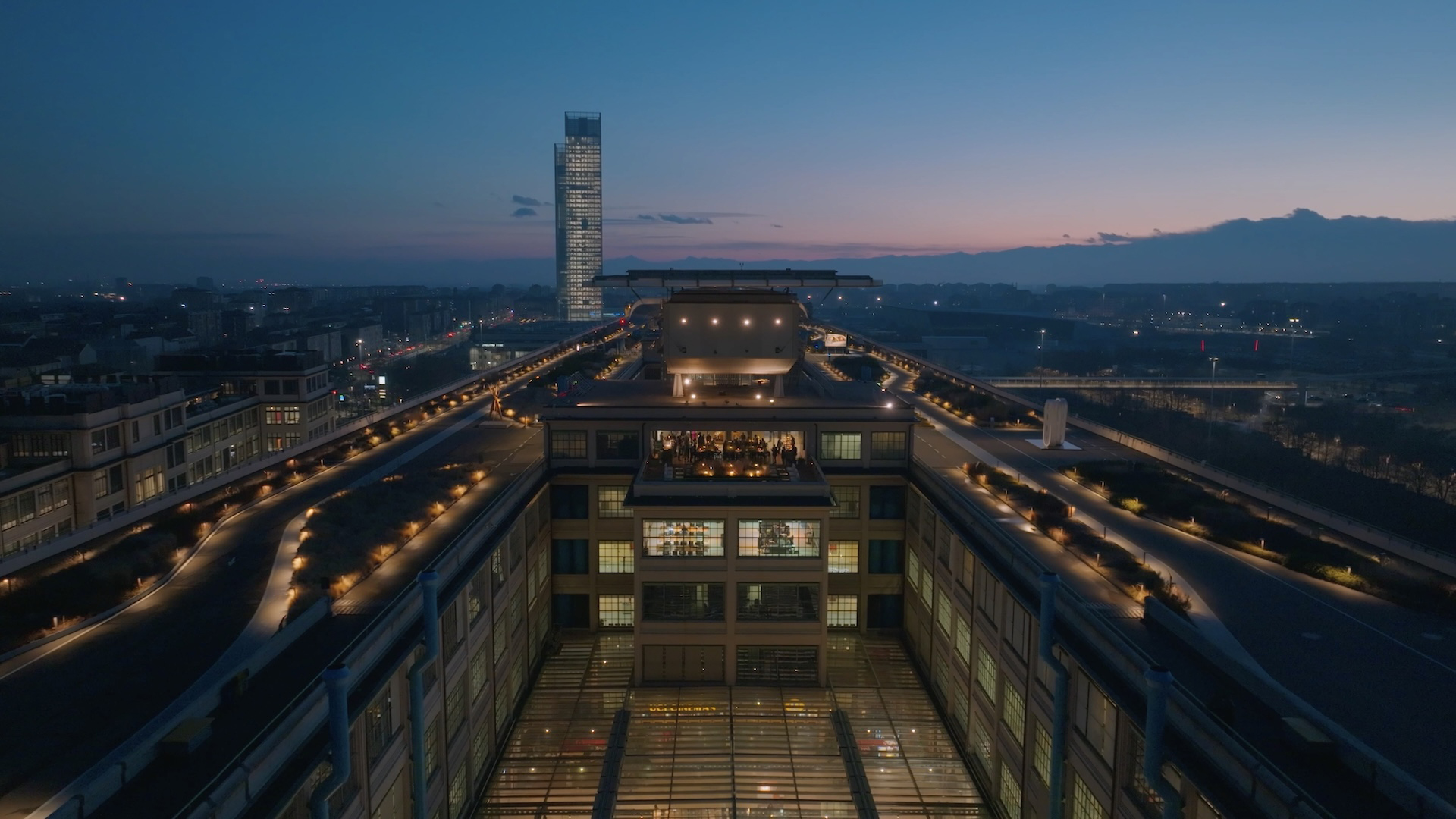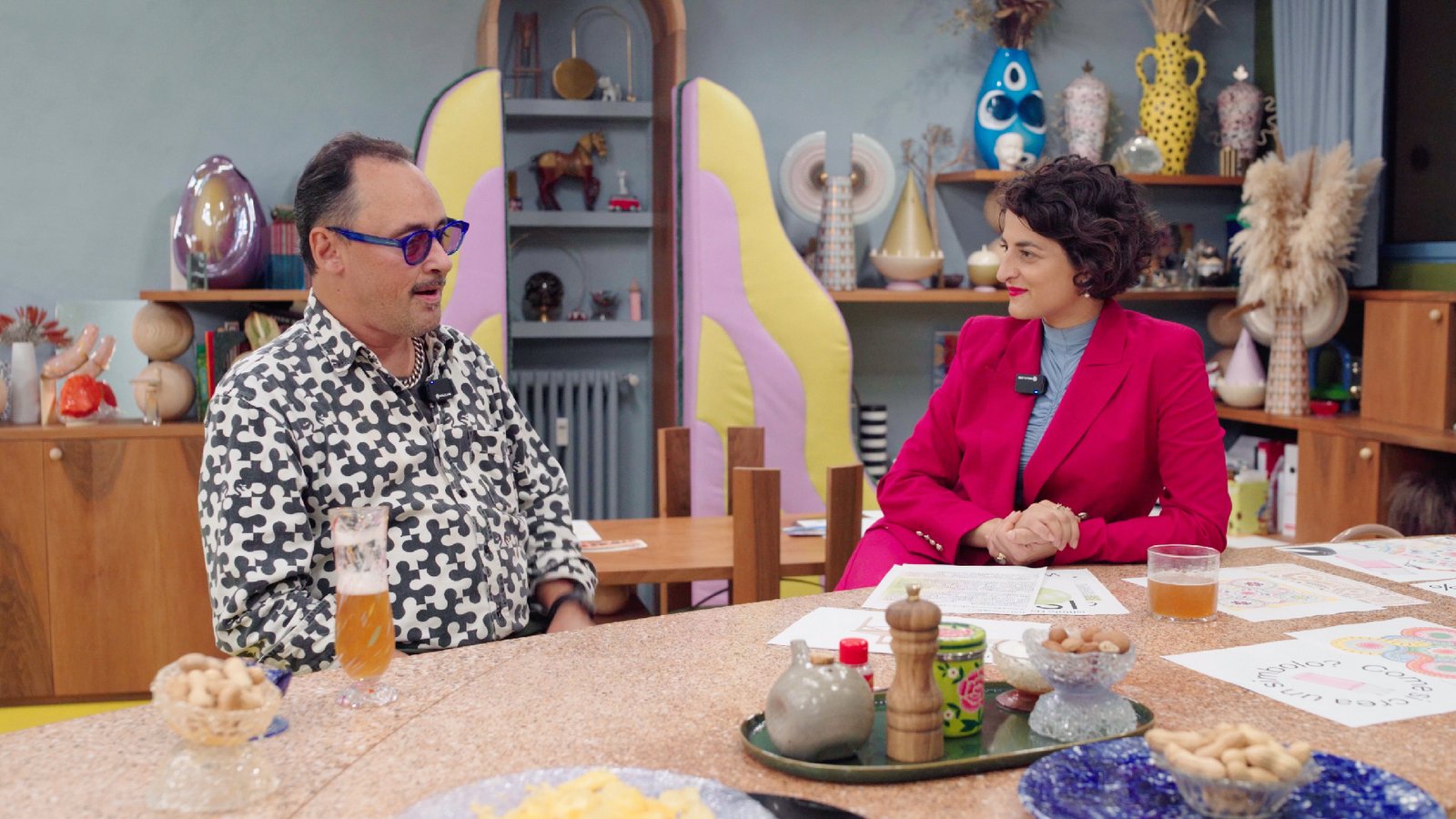
Bea Camacho and the Art of Self-Erasure
An artistic practice between presence and disappearance, matter and the invisible, identity and transformation.
Born in 1983 in the Philippines, Bea Camacho embodies the essence of art as a profound act of meditation and philosophical inquiry. A multidisciplinary artist, Camacho graduated in 2005 from Harvard University in Cambridge, MA. Her work has been featured in numerous exhibitions, including Metropolitan Mapping, Hong Kong Cultural Centre, Hong Kong (2006); No Soul For Sale, Tate Modern, London, UK (2010); Fabrications, Museum of Contemporary Art and Design, Manila, Philippines (2012); and The New York Moment, Musée d'Art Moderne, Saint-Étienne, France (2014). Her complex and multifaceted practice resonates as an existential reflection that transcends mere representation, delving into the mysterious folds of the human psyche and the unknown. Her language—intertwined with matter and space—emerges from a deep abyss of intuition, revealing a relentless search between what is visible and what remains hidden from mortal eyes.
 Bea Camacho, Efface (2008), long-term performance, Green Papaya Art Projects, Quezon City, Philippines
Bea Camacho, Efface (2008), long-term performance, Green Papaya Art Projects, Quezon City, Philippines
The Sublime Play Between the Visible and the Invisible
Within the diverse landscape of contemporary art, Bea Camacho stands out as a restless soul, able to probe the most remote depths of human existence. Her artistic practice is not merely a visual representation, but an intimate investigation into the dynamics of presence and absence, memory and oblivion, the construction and dissolution of the self. Through her work, Camacho explores the limits of perception and the way identity intertwines with time, space, and silence.
Her art is never didactic nor immediately decipherable; on the contrary, it thrives on subtraction, on minimal gestures and ephemeral materials, evoking a liminal dimension between the visible and the invisible. Thread, weaving, and the body itself become tools in an unceasing quest, where the act of creating is inseparable from that of vanishing. Her approach inhabits a borderland between conceptual art, performance, and installation, translating profound meditations on the passage of time and impermanence into images and actions.
Every line, every mark, every form appears as a tribute to mystery itself—a striving toward the unmeasurable, to that which cannot be articulated through language but which only art, in its purity and evocative power, can make perceptible. Her work seems to suggest that the essence of something does not lie in its concrete manifestation, but in the traces it leaves, the voids it creates, and the echoes that linger through time. In this sense, Bea Camacho’s art does not merely represent reality—it transforms it into a meditative experience, a place of introspection where the viewer is invited to get lost in order to rediscover themselves.
Material: Language and Mystery
In Camacho’s poetic approach, material is never just a medium; it is the mediator through which the invisible manifests, the fertile ground from which sensations and hidden truths emerge. Every element—every fabric, every resin—is chosen with near-ritualistic precision, as if matter itself were called to participate in the sacred dialogue between the artist and the work.
In Fabrications (2012), textiles and plastics transform into organic, almost living forms, revealing a delicate balance between nature and artifice, between the real and the constructed. In her works, matter becomes the custodian of a suspended time, where art dialogues with historical memory and with the material itself, creating a tension between the present and the eternal.
A significant example is Enclose, an eleven-hour performance documented through photographs and video, in which the artist wraps herself in a cocoon of red yarn until she is completely enclosed, eventually falling asleep within it. Six seemingly ordinary photographs document the stages of the performance, while a small screen shows a video of Bea Camacho knitting in an uncomfortable position.
This project resonates with the experience of emigration that the artist lived at a young age and addresses the ambiguity between enclosure, deprivation of freedom, and the search for protection and safety. The yarn also evokes for the artist an embryonic state—an intention toward the protection offered by the maternal womb.
The Body and Space: A Sacred Connection
One of the most fascinating aspects of Camacho’s practice is her approach to the interaction between body and space. The artist does not intend for the audience to remain passive observers; instead, she invites direct engagement with the material, offering a collective reflection on existence and our relationship with the world.
Her works are not simply environments to be viewed, but immersive experiences in which space and body intertwine in a dance between the visible and invisible, between thought and sensory experience.
In the context of No Soul For Sale (2010) at Tate Modern in London, Camacho challenged the perception of the value of art, questioning the economic and social forces that shape our cultural and artistic understanding. Here, as in many of her works, the viewer’s body becomes an integral part of the piece, transforming art into a living reflection—an active and participatory experience.
Art as a Tool for Revelation and Understanding
In Bea Camacho’s solitary and tireless journey, art is never an end in itself. It becomes an act of deep understanding—a search for the meaning of life and the immensity of the universe. Each work becomes a meeting point between the human body and the mysterious forces that surround it, between the tangible and the intangible. It is not simply an aesthetic expression, but a philosophical act—one capable of raising questions and inviting the viewer to reflect on their own being in the world.
In Fabrications (2012), Camacho explores notions of fragility and construction. The structures that emerge from transformed domestic materials are riddles that speak of precarious balance, of a beauty that reveals itself only to a close gaze, of a world in constant flux—made of construction and destruction, order and chaos. Matter, far from being a mere medium, becomes the embodiment of these universal principles, acting as a guiding thread between reflections on transience and impermanence.
 Efface (ROH, Jakarta), performance dal vivo, 7-9 febbraio 2025 - There is no center, 25 gennaio - 13 aprile 2025, a cura di Denise Lai, Roh Projects, fotografia di @jntrtdj
Efface (ROH, Jakarta), performance dal vivo, 7-9 febbraio 2025 - There is no center, 25 gennaio - 13 aprile 2025, a cura di Denise Lai, Roh Projects, fotografia di @jntrtdj
Conclusion: An Art of Connections and Revelations
With her refined research and meditative approach, Bea Camacho invites us to look beyond what is immediately visible. Her work transcends the act of representation; it becomes an invitation to deep reflection, a sensorial and philosophical interaction that pushes us to explore the mystery and beauty of existence. Each of her creations is an open doorway to the invisible—a call to observe the world with new eyes, to feel our place in the universe, and to recognize that, although matter may seem solid and permanent, it conceals within itself the eternal flow of change.
Cover image: Bea Camacho, Extension II, 2005, natural and synthetic yarn, approx. L600 cm
Figlia adottiva di Milano ma nata in Campania. Ne ho raccontato la cultura viscerale, i suoi eccessi sentimentali, il culto del quotidiano e del sacro. Scrivo di arte, moda, cibo, rabbia, eretismo psichico e polemiche sterili. Ho scritto di corpi queer, sangue nell’arte, edicole non ordinarie e di amore. Mi piacciono le parole complesse, la frutta matura e i flussi di coscienza.
